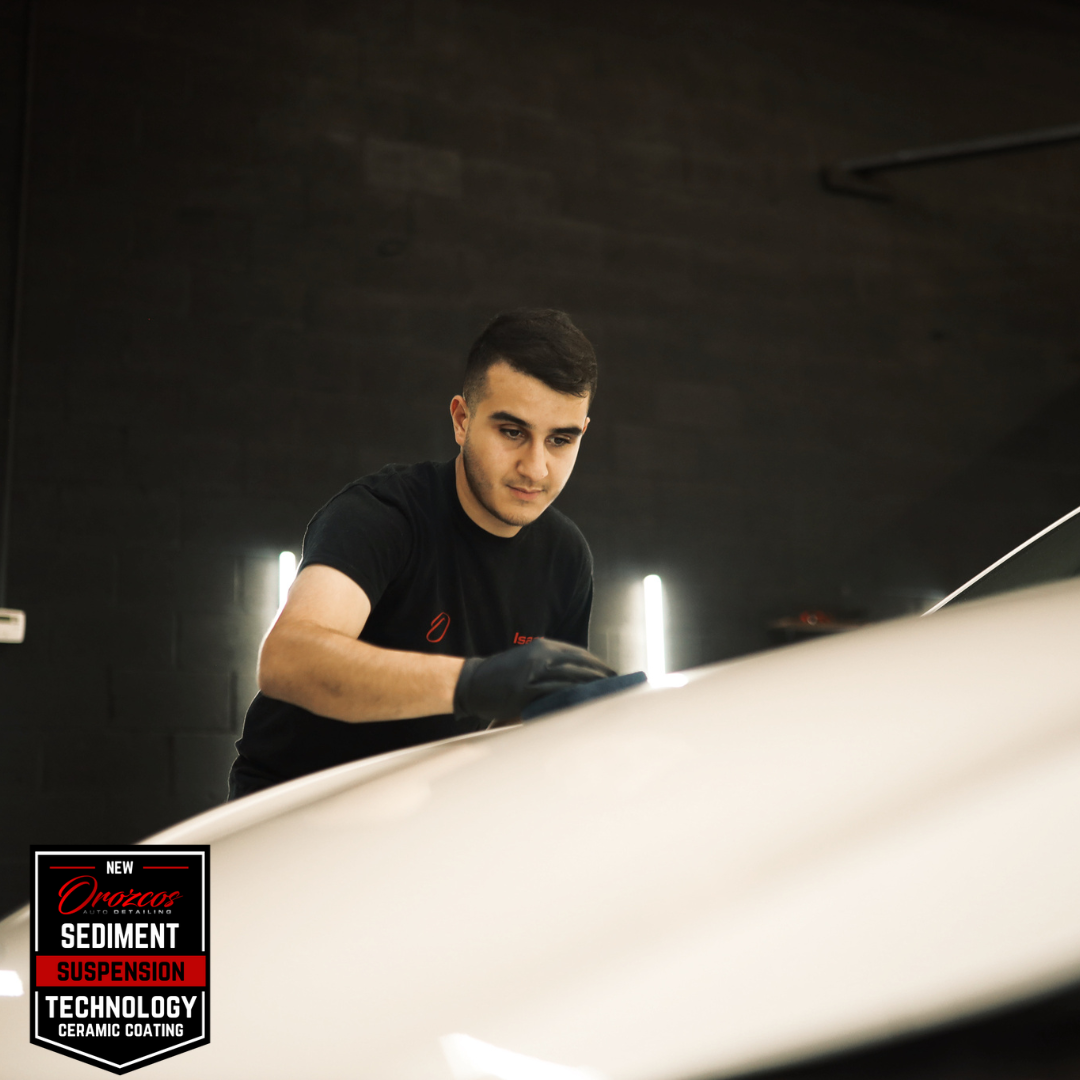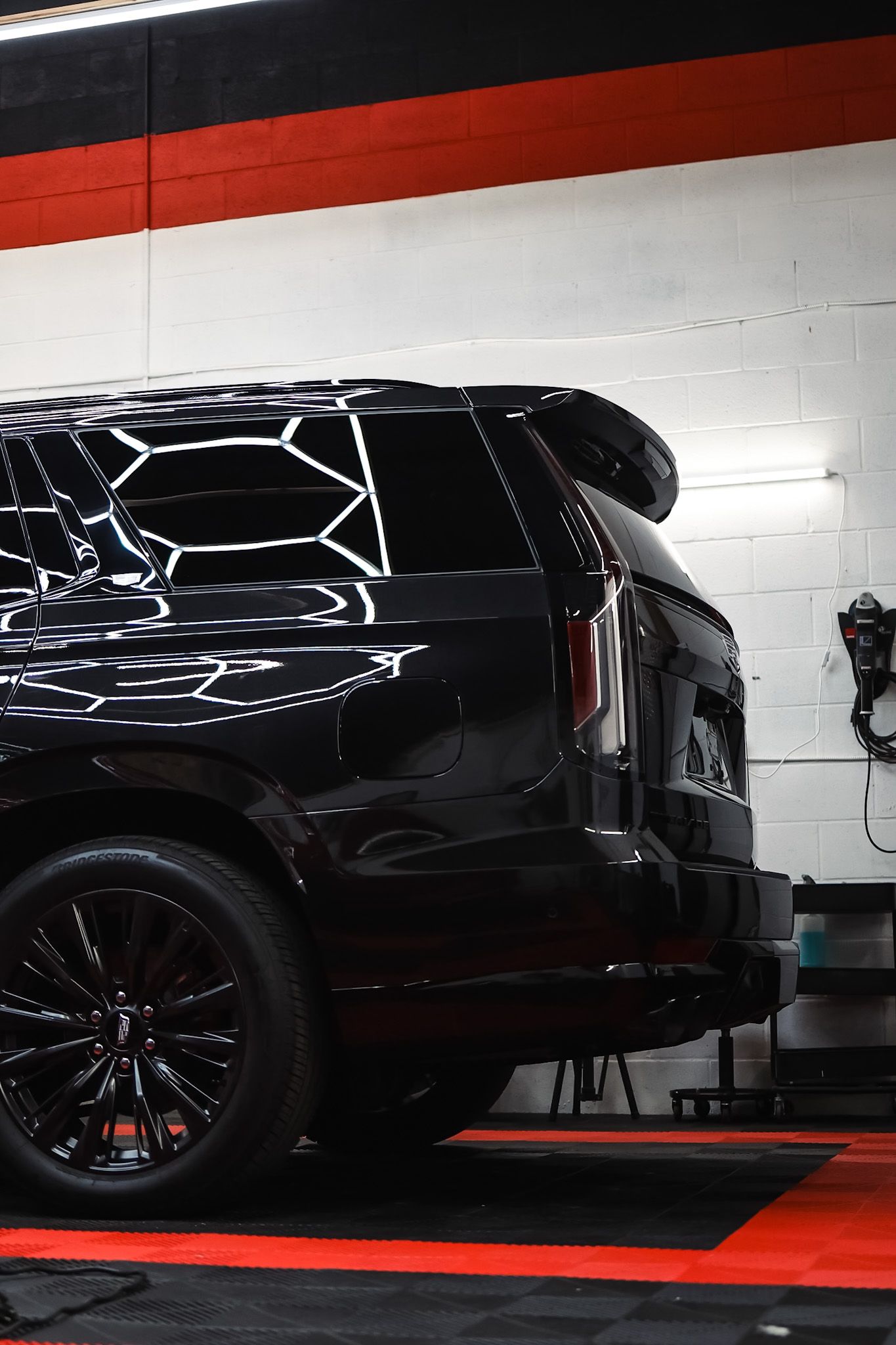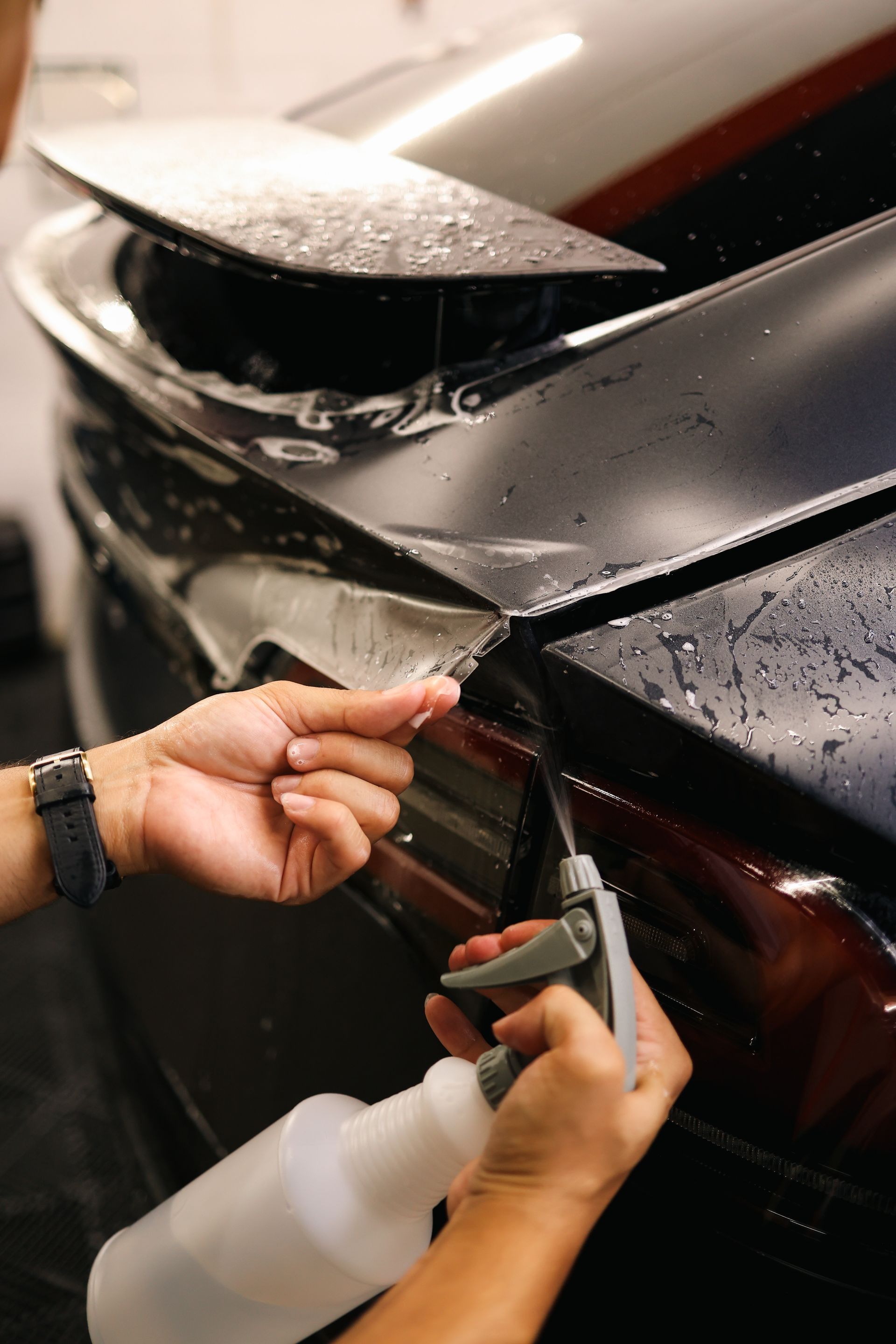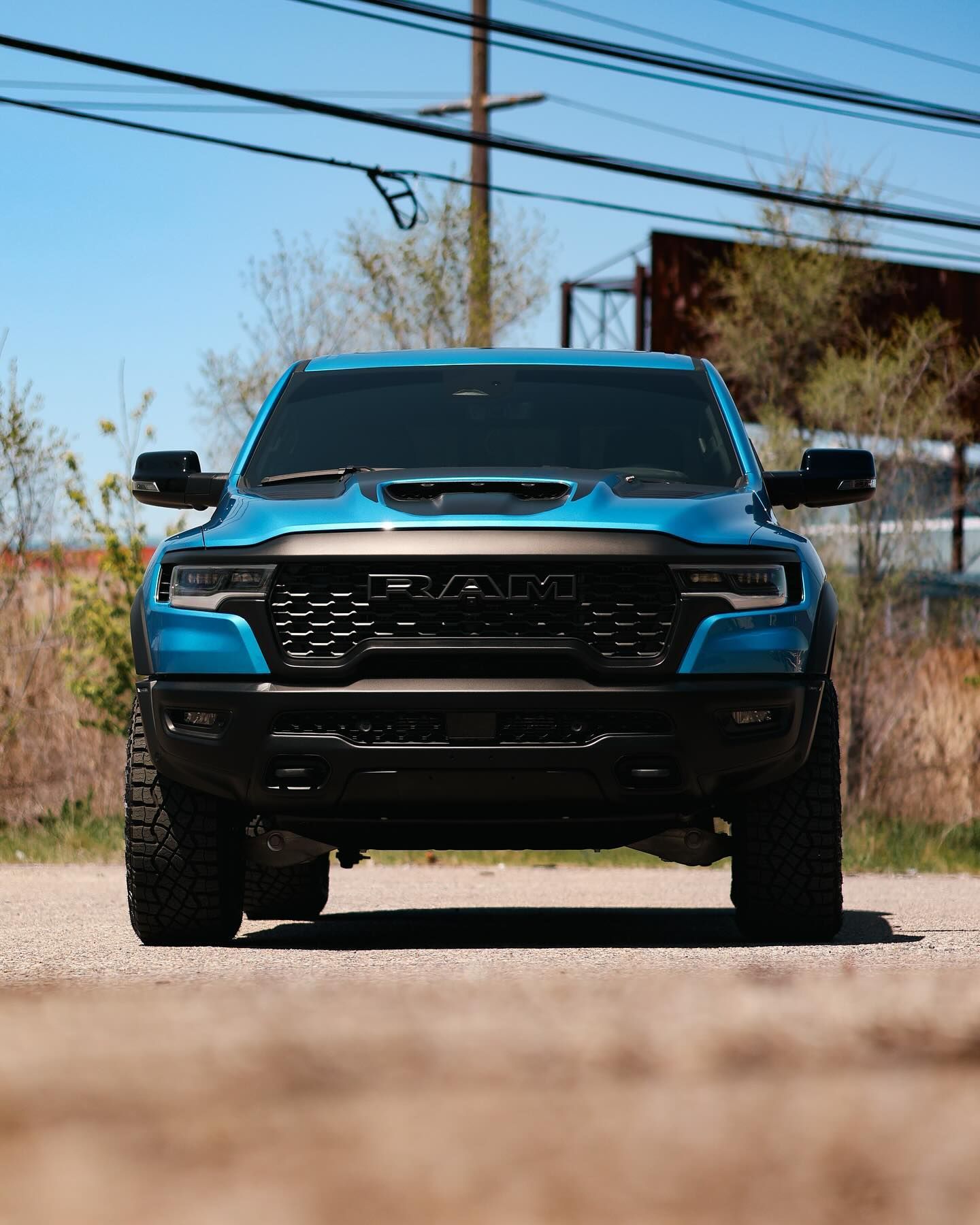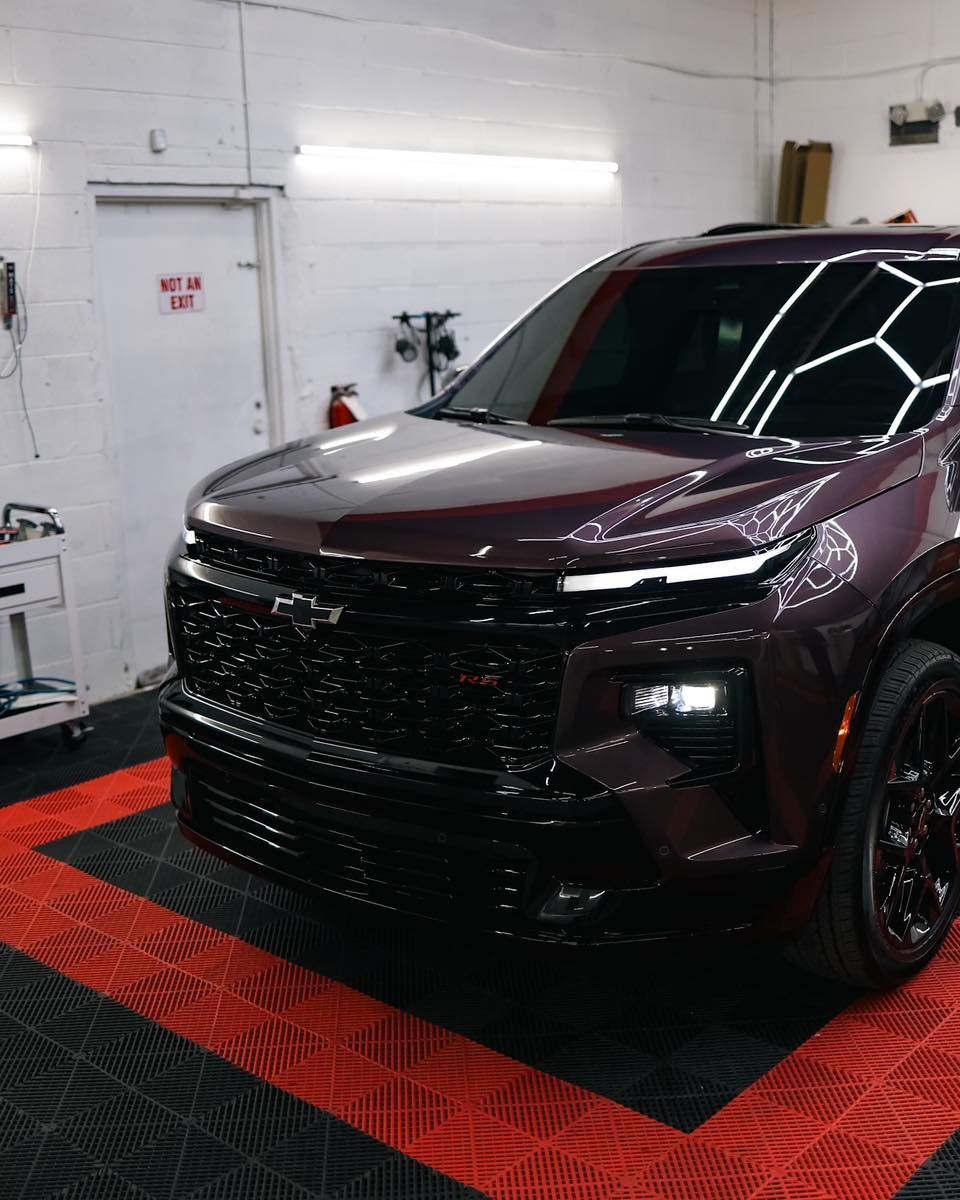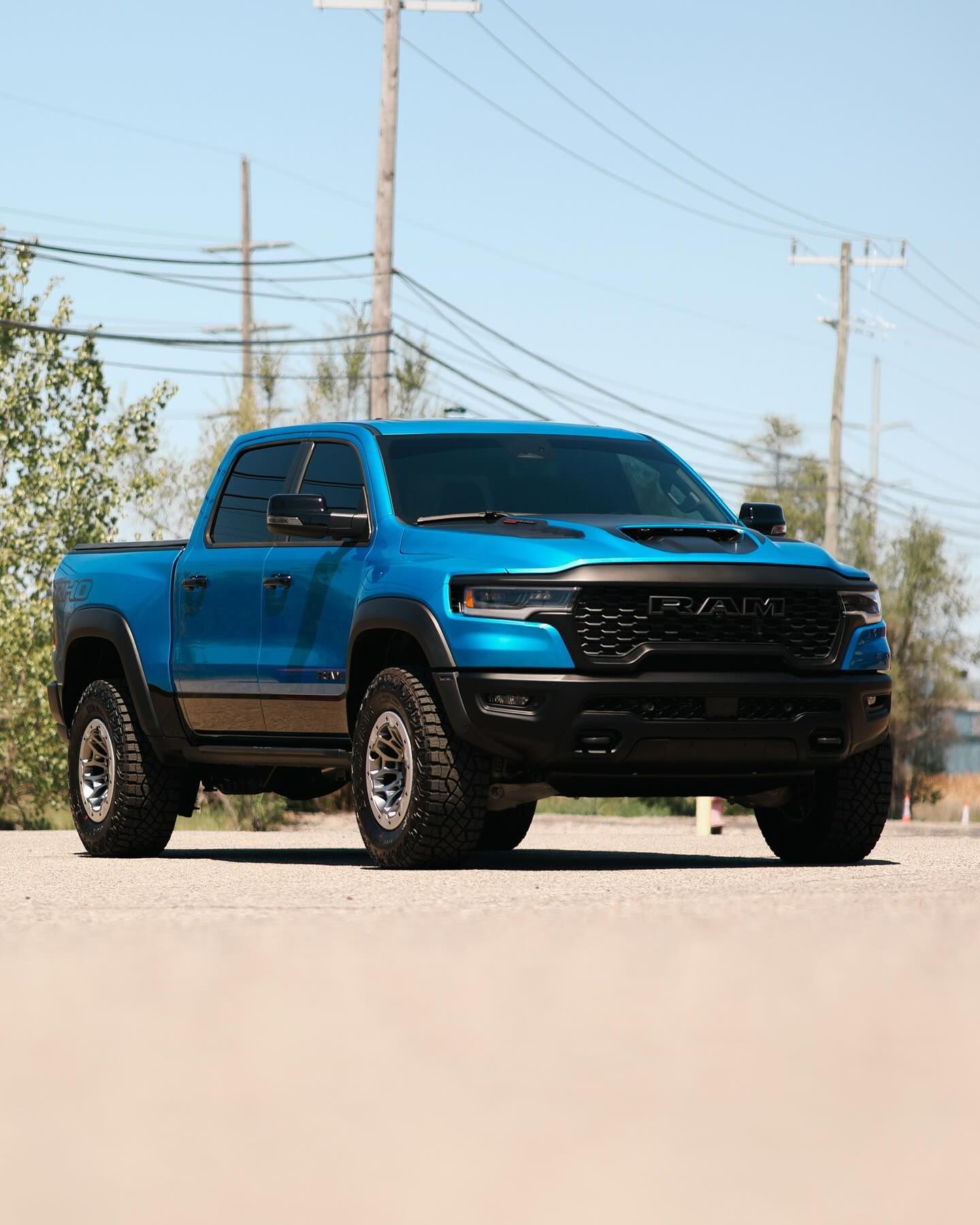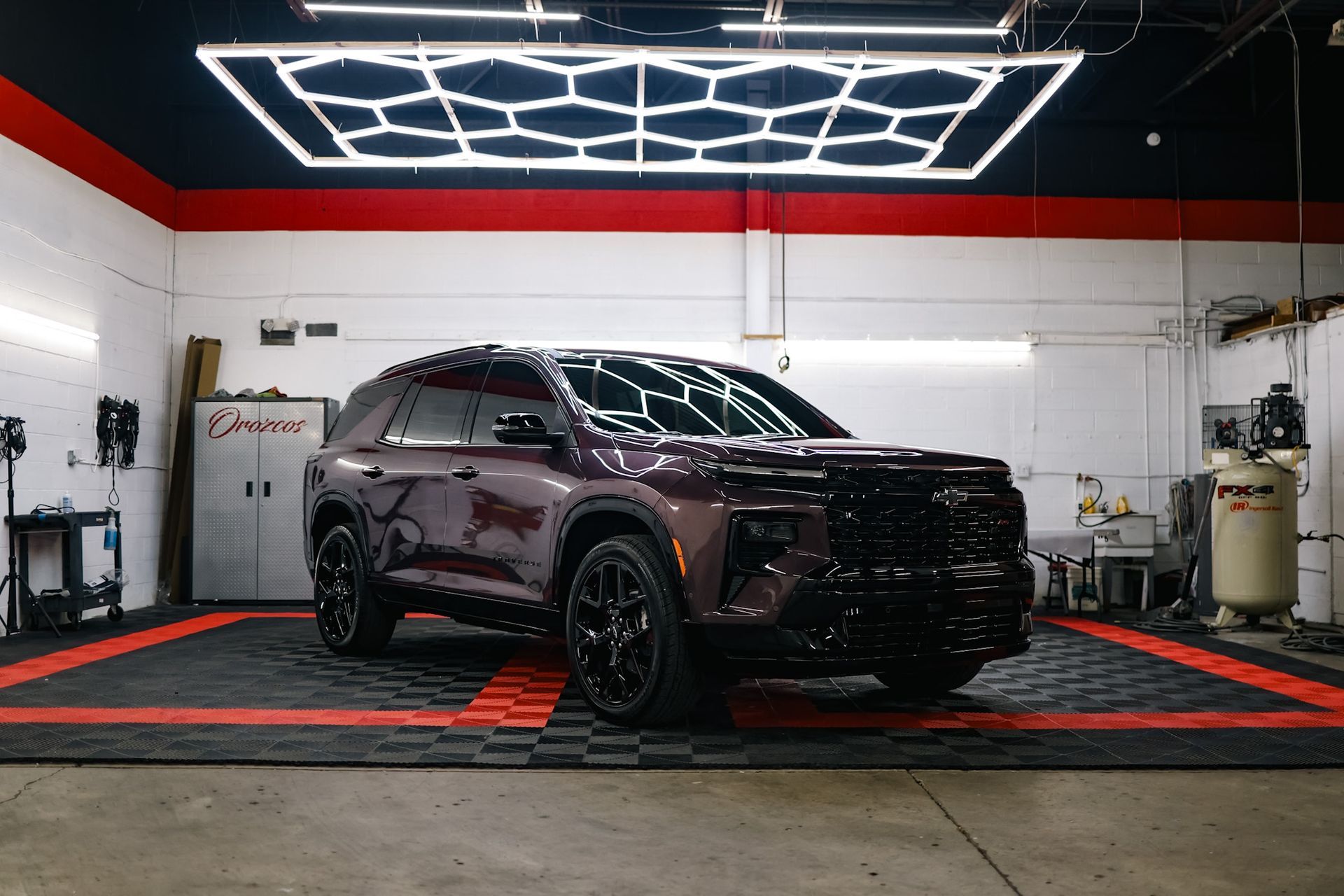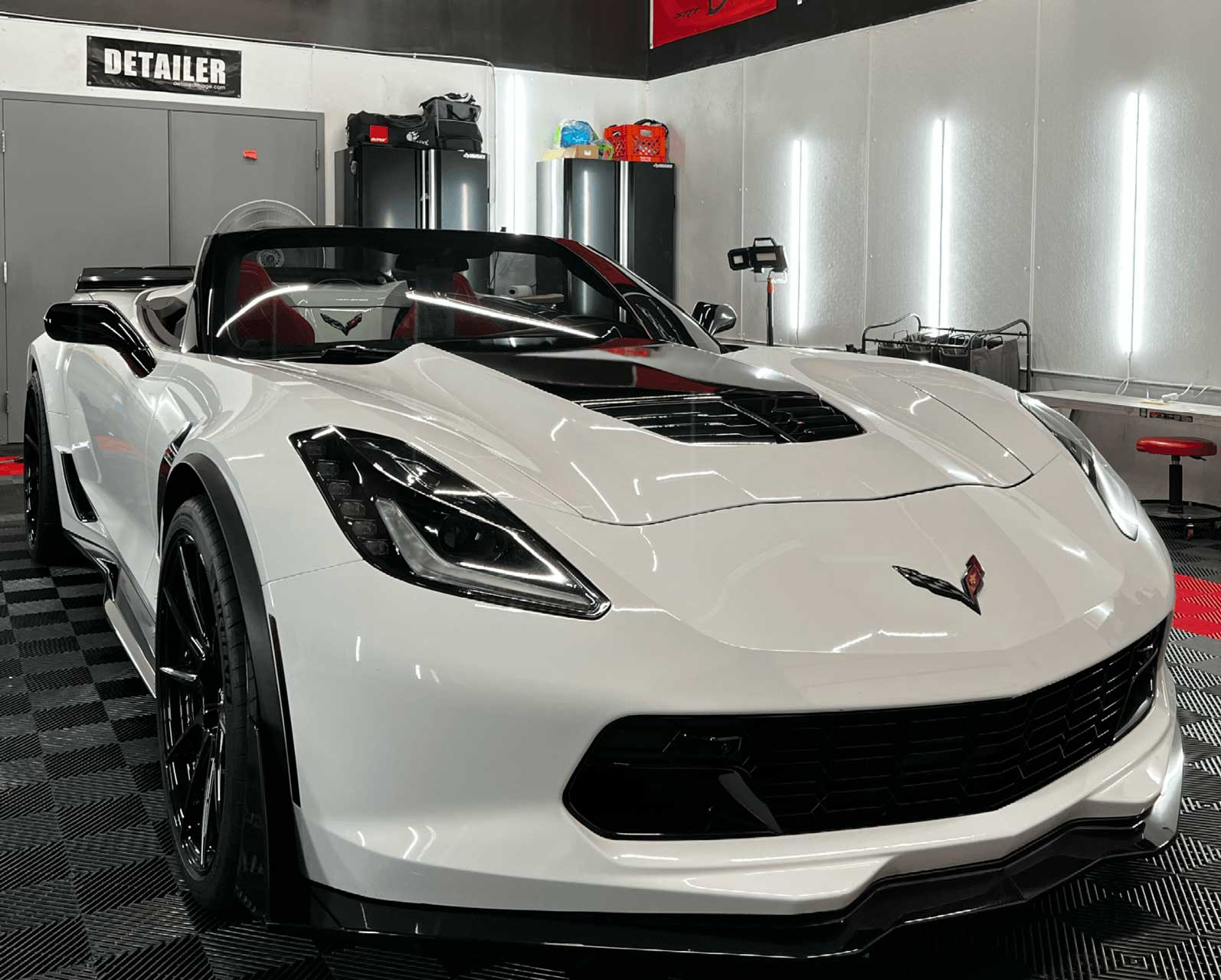Top Trends in Auto Window Tinting for 2025: Styles and Technologies to Watch
When you think about upgrading your car, you might picture shiny paint jobs or new rims. But have you ever considered how auto window tinting can elevate your ride? In 2025, it's not just about looks; modern tinting techniques offer a mix of style and practical benefits that can enhance comfort, protect your health, and even save on fuel costs. This shift reflects a growing awareness among drivers who are keen to personalize their vehicles while making smart choices for their daily commutes. Let’s dive into the top trends in auto window tinting this year, exploring how innovations are shaping the way we think about our cars and their capabilities.
The top trends in auto window tinting for 2025 include the increasing popularity of energy-efficient films that block infrared heat, advanced technologies such as electrochromic films that allow adjustable tint levels, and a rising demand for eco-friendly options made from recyclable materials. Additionally, customization is becoming essential, enabling vehicle owners to select unique designs and variable tint levels tailored to their personal preferences and lifestyle needs.
Market Dynamics in 2025
The automotive window tinting landscape in 2025 is being significantly influenced by evolving consumer preferences, shifts in technology, and a globally heightened awareness of environmental sustainability. As drivers become more conscientious about their choices, they're seeking not just aesthetic enhancements but also tangible benefits that improve safety and comfort. This growing demand encourages innovative solutions that make vehicles not only stylish but also functional.
Indeed, as darker tinted films surge in popularity, they’re not just enhancing privacy; they are also offering additional security. Many consumers are drawn to them for that very reason, where a more private vehicle becomes synonymous with safety. It’s fascinating to witness how personal style overlaps with practical needs in modern vehicle use.
And let's be honest; nobody enjoys stepping into a car that feels like a sauna when you open the door on a hot summer day. Tinted windows help regulate temperature, reducing the need for excessive air conditioning and ultimately offering drivers comfort and energy savings.
In addition to innovations, regulatory landscapes also shape market dynamics significantly. North America leads with its less restrictive visible light transmission regulations, welcoming a variety of tint choices for consumers. Conversely, some regions champion stricter guidelines despite the ongoing consumer demand for versatile options; however, penalties for violating these regulations tend to be relatively low, driving continued interest.
Trends Shaping the Industry
In 2025, the landscape of auto window tinting is being transformed by a blend of technology and consumer desires that prioritize both aesthetic appeal and practical functionality. One of the most notable trends is the move toward decorative window films, which serve as more than just a shield against sunlight. These films not only provide privacy but also enable customization, allowing drivers to express their styles through intricate designs or vibrant colors.
Imagine a car adorned with a sleek, frosted film featuring an artistic design—this captivating look can transform an ordinary commute into an extraordinary experience.
Energy Efficiency
At the forefront of these innovations are films designed for energy efficiency. Low-emissivity (Low-E) films stand out by reflecting infrared heat while permitting visible light to pass through. This means that during summer months, your car can stay cooler without overworking air conditioning systems.
Now picture yourself driving on a scorching day; instead of feeling the oppressive heat inside your vehicle, you simply enjoy a comfortable climate thanks to these innovative films. On top of that, solar control films act as barriers against harmful UV rays, protecting your vehicle’s interior from fading and prolonging its lifespan.
Furthermore, advanced technologies are making strides in enhancing not only comfort but also security.
Privacy and Security Features
Another growing trend involves enhanced privacy and security features. More customers are recognizing the value of privacy films that obscure outside views while allowing visibility from within. This characteristic makes them especially valuable in densely populated urban areas where confidentiality matters.
Meanwhile, security films are forging a new safety frontier. These robust layers add resilience to windows, minimizing the risk associated with break-ins by keeping shattered glass intact. It’s akin to having an added layer of armor; it doesn’t change how your car looks but fundamentally alters its safety profile.
Alongside style and safety enhancements, sustainability also plays a pivotal role in current consumer preferences.
Sustainability Initiatives
Sustainability is becoming ever more crucial in our purchasing decisions, even within window tinting. Modern films made from recyclable materials are emerging to help reduce environmental impact at the end of their lifecycle. Furthermore, non-toxic films ensure that indoor air quality remains safe for all occupants, including children and pets.
Each of these trends reflects broader movements within society towards consciousness and responsibility. As we embrace these advancements in auto window tinting—be it aesthetics or function—the overall purpose aligns with contemporary values: enhancing our driving experience while making environmentally sound choices.
With innovation leading the industry forward, there’s much more to uncover about cutting-edge technologies shaping this space.
Innovative Tint Technologies
As we explore modern auto window tinting, it's essential to highlight smart glass integration as a game-changer. This technology allows windows to adjust their tint based on external lighting conditions or user preferences.
The innovation doesn't stop there. Imagine having self-repairing glass for your vehicle's windows. This futuristic technology utilizes special polymers that activate under sunlight or heat, allowing minor chips and scratches to heal themselves over time. While many might overlook small damages, these can lead to significant issues if not addressed promptly. Self-repairing glass reduces the need for immediate repairs, ultimately saving you time and money.
Furthermore, augmented reality (AR) displays are making waves in vehicle design.
AR Windshields
Augmented reality windshields project vital navigation information directly onto your windshield, providing real-time data while minimizing distractions. Imagine glancing at your glass to see directions without having to look down at your device; it transforms how you interact with your surroundings while driving. This added layer of visibility keeps drivers focused on the road ahead, promoting safer driving practices.
While some may query the need for such advanced tech, consider the safety benefits it offers, especially in our increasingly busy streets. Although there may be hesitancy due to potential costs associated with these technologies, investing in such features could prove invaluable in enhancing overall driving experiences.
The future of window tinting brims with possibilities, offering incredible benefits. Those looking for the best options should stay informed about smart glass alternatives that seamlessly integrate with vehicle systems. Additionally, considering vehicles equipped with self-repairing glass or models featuring AR displays can enhance road awareness while lessening distractions during maneuvering. With these innovations on the horizon, we can now pivot to discuss the ways these advancements enhance protection against UV rays and heat reduction.
Legal Considerations
Legal regulations surrounding auto window tinting can be tricky, varying from state to state in the U.S. Before you dive into car customization, it's crucial to have an informed perspective on the laws governing visible light transmission, or VLT. VLT signifies the percentage of light allowed to pass through your vehicle's windows, and different jurisdictions impose their maximum requirements.
Ignoring these laws can lead to unwanted consequences such as fines ranging from $50 to $500 and, in some cases, the mandate to strip off non-compliant tints.
In addition to VLT restrictions, some states enforce specific rules about rear window tinting—there could be little evidence if you have darker tints back there, since penalties primarily target front visibility. Interestingly, certain states require a sticker or certification indicating compliance with tint laws, which can be an additional hassle costing anywhere from $10 to $50 for documentation.
To further clarify:
- California: Max 70% VLT for front side windows; no limit for rear.
- Florida: Minimum 28% VLT for front side windows; dark tints allowed for rear.
- New York: Max 70% for front sides and any level for rear windows.
Staying aware of your local regulations isn't just about risk management; it's also about safeguarding your investment and ensuring that you reap all the benefits of your new window tint without a headache. For instance, those investing in smart window films or decorative tints often overlook checking regulations until they face issues down the line. Keeping abreast of the legal landscape will not only save you time but also enhance your overall satisfaction with the changes you're making to your vehicle.
Future Predictions in Window Tinting
Looking forward, it's exciting to see how technology is playing a pivotal role in revolutionizing the world of auto window tinting. One of the most groundbreaking developments on the horizon is the integration of augmented reality (AR) displays right into window films. Imagine driving down the street and receiving real-time navigation instructions projected elegantly onto your windshield or having safety alerts, such as proximity warnings, seamlessly displayed on side windows. This isn’t just science fiction; it’s rapidly becoming a reality as technology advances. The implementation of AR in vehicles could redefine how drivers and passengers interact with their environment, enhancing both convenience and safety.
Furthermore, as environmental concerns become paramount, we can expect a transformative shift towards green technology in window films. With climate change influencing many industries, biodegradable tints made from sustainable materials are likely to gain traction. These innovations will not only reduce environmental impact but could also cater to eco-conscious consumers who are looking for ways to lessen their carbon footprint—an aspect that businesses like Orozco's Auto Detailing are starting to align with for a sustainable future in auto care.
This shift towards sustainability complements another exciting trend: advancements in 3D printing technology. As 3D printing becomes more accessible and refined, the possibility of fully customized window tints tailored to individual preferences may soon be within reach. Picture selecting specific shades, patterns, or protective qualities designed to fit your car perfectly. This level of personalization could attract customers seeking unique styles while providing enhanced protection against harmful UV rays and glare.
Also notable is how digital solutions will be increasingly adopted across the auto window tinting landscape. Employers from various industries have cited that digital access by 2030 will significantly impact business operations, with nearly 60% of employers recognizing this shift. For companies providing window tinting services, utilizing digital tools for customer engagement, from virtual consultations to online booking and installation tracking, will likely enhance user experience and streamline operations.
Coupled with these tech advancements and an emphasis on sustainability, businesses in auto window tinting must remain attentive to demographic shifts as well. An aging population could influence demand for tints that offer improved visibility features or safety specifications tailored to older drivers. Companies that recognize these market dynamics stand to benefit greatly.
As we embrace these transformations, it's clear that the landscape of auto window tinting is evolving rapidly, paving the way for remarkable employment opportunities as well as innovations that enhance vehicle aesthetics and functionality.
For more information on cutting-edge window tinting technologies or to explore our services further, don't hesitate to reach out through our contact page at
Orozco's Auto Detailing. You can call us at (313) 888-3822 today!
SHARE WITH YOUR FRIENDS
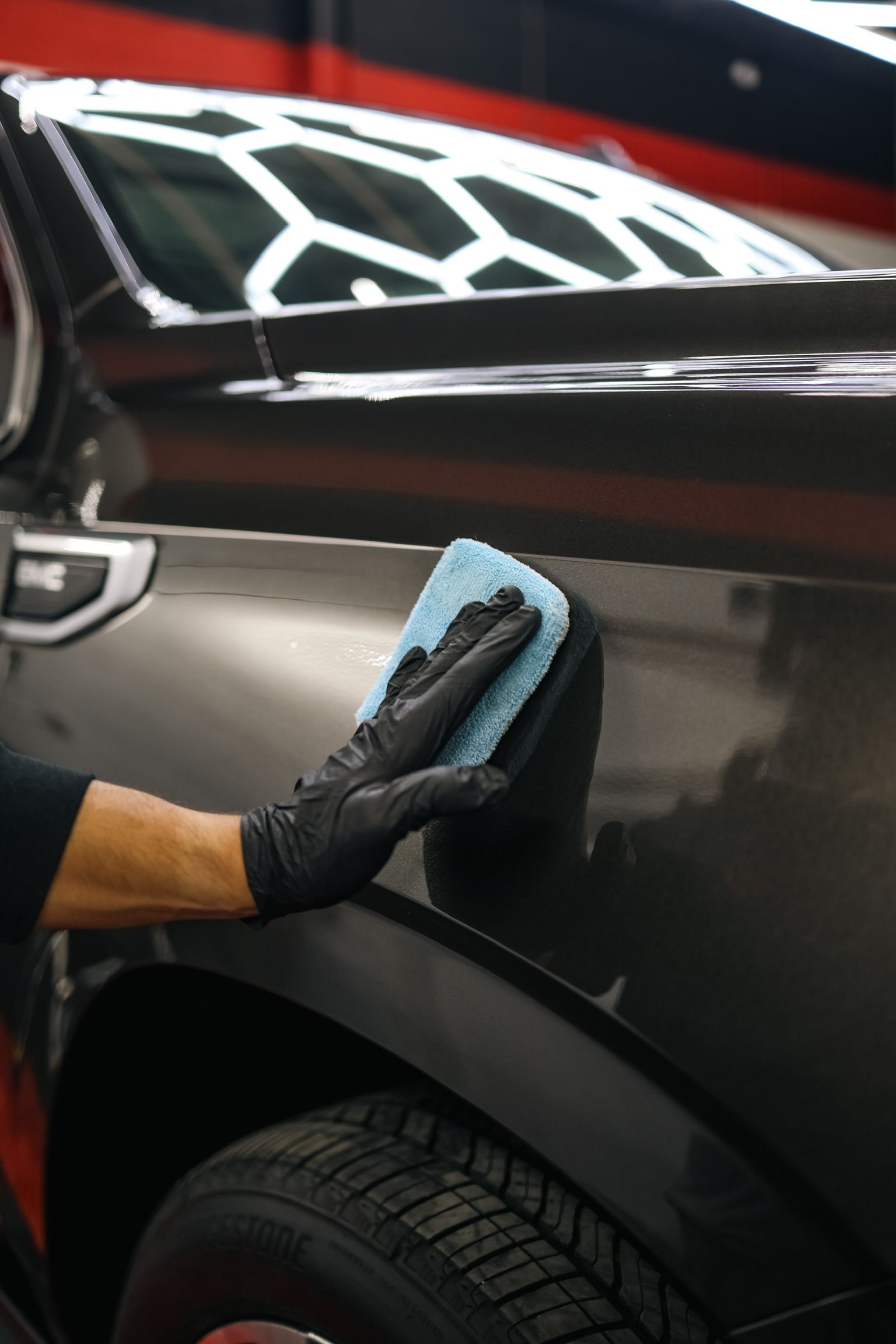
Signs Your Ceramic Coating Is Failing: How to Restore, Maintain, and Protect Your Finish in Michigan
